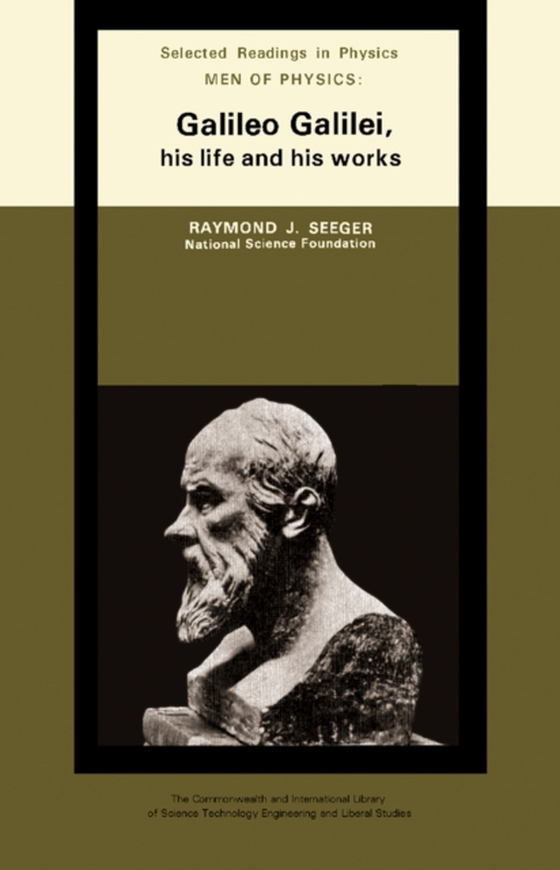
Men of Physics: Galileo Galilei, His Life and His Works e-bog
591,74 DKK
(ekskl. moms 473,39 DKK)
Men of Physics: Galileo Galilei, His Life and His Works deals with Galileo Galilei's radical discoveries and trail during the Inquisition. The book describes the life of Galileo and his many interests in art and music, in addition to science. Galileo is born in Pisa in 1564, and at age 25, he is appointed to the Chair of Mathematics at the University of Pisa. He writes several papers, for exa...
E-bog
591,74 DKK
Forlag
Pergamon
Udgivet
22 oktober 2013
Længde
296 sider
Genrer
Astronomy, space and time
Sprog
English
Format
pdf
Beskyttelse
LCP
ISBN
9781483139180
Men of Physics: Galileo Galilei, His Life and His Works deals with Galileo Galilei's radical discoveries and trail during the Inquisition. The book describes the life of Galileo and his many interests in art and music, in addition to science. Galileo is born in Pisa in 1564, and at age 25, he is appointed to the Chair of Mathematics at the University of Pisa. He writes several papers, for example, mathematical continuum as contrasted with physical atomism, and investigates the behavior of magnetic poles. He believes in William Gilbert's experiment that the earth itself is a large magnet. He conducts experiments on oscillations - using a simple pendulum to investigate complex phenomena. He defines uniform motion, with respect to time intervals, whether these are great or small. He suggests a method to measure the speed of light, believing that light has a definite speed. He contributes to knowledge on sunspots, constructs his own telescopes, and is considered by some as the inventor of the telescope. He publishes "e;"e;The Two Chief World Systems,"e;"e; comparing the Ptolemaic and Copernican theories of the solar system and claiming that the earth moves and the sun stands still. For this, the Inquisition orders him to stand trial. He confesses, abjures, and lives under house arrest. In 1639, he refuses an offer of freedom by the Pope. Galileo dies in 1642. He is known as the founder of modern physics. Students of history and most readers with general interest will find this book entertaining and informative.
 Dansk
Dansk

